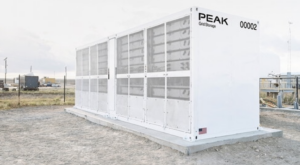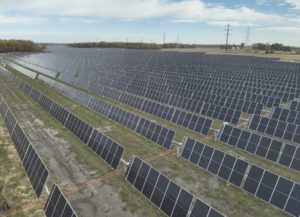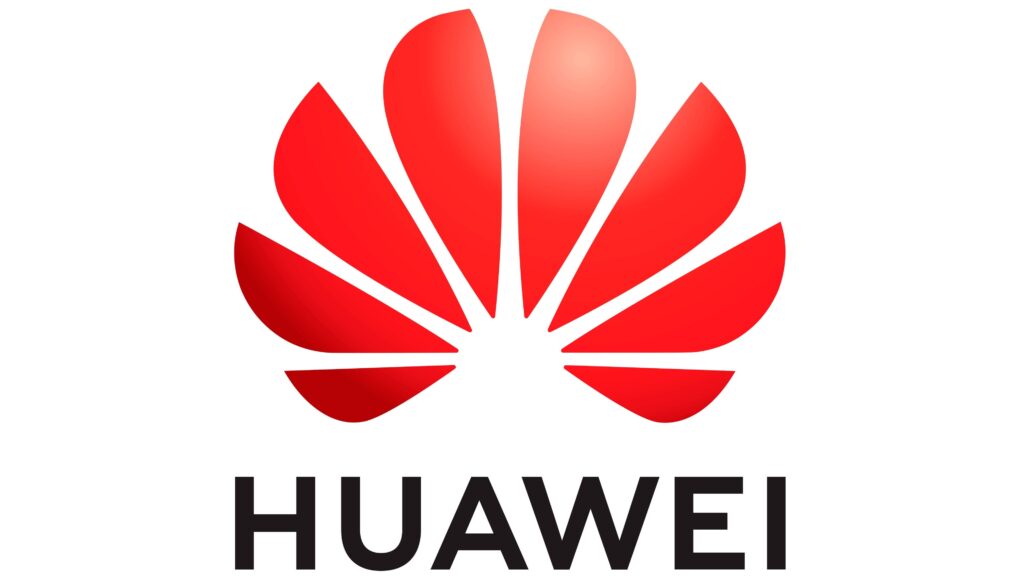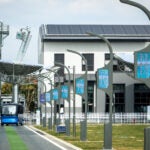The electric power distribution grid has become much more difficult to manage as renewable power resources have expanded, and transportation and industry sectors electrify. But today, advanced technology like IDS is helping power companies operate their complex systems more effectively and efficiently.
Electricity is essential to modern life, but many consumers have little understanding of power grids—the complex infrastructure that brings energy to them. Power grids comprise three stages. After generation, step-up transformers dramatically increase the electricity voltage vital for an efficient transmission network across long distances. Step-down transformers then reduce the voltage as the electricity enters the distribution network, the so-called “last mile,” to residential, commercial, and industrial customers.
“Compared with transmission networks, the distribution networks are made up of many devices, which are scattered,” explained Zhang Genzhou, Chief Information Officer for State Grid Shaanxi Power Company in China. “If faults, such as heavy overload and low voltage, are not properly discovered and dealt with, it’s very easy to affect the reliability of the power supply.”
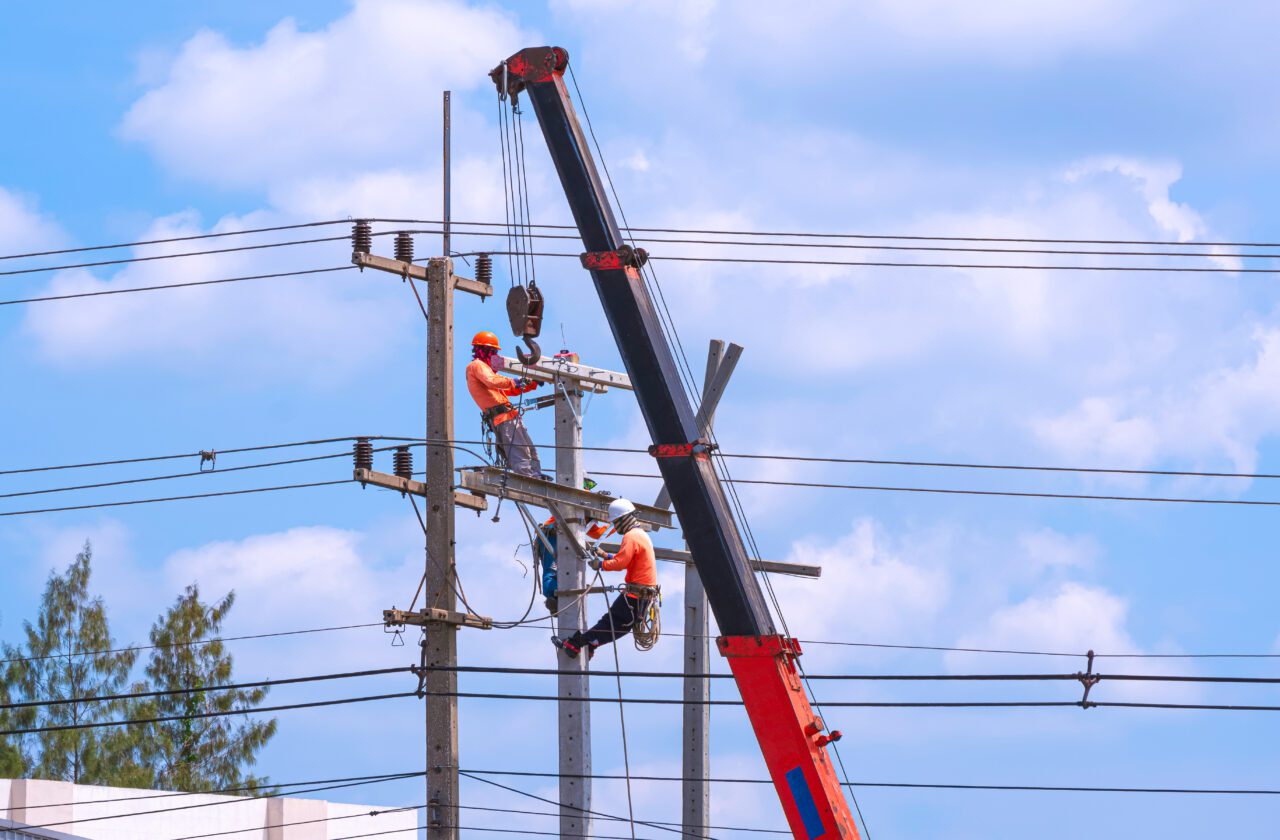
Changes Enhance Shaanxi’s Power Distribution Networks
In Shaanxi, energy supply reliability is being driven forward with new digital distribution networks revolutionizing resilience and repair response times. Much of the improvement originated in March 2020, when State Grid Shaanxi Electric Power Company and Huawei established a Joint Innovation Lab. The lab is dedicated to the digital transformation of the distribution network and has already made a series of achievements.
“When I first started doing this, I had to go door to door to collect electricity meter readings for billing. Maintenance was mainly based on user feedback, and both the customers and I were frustrated when there were power outages,” said Zhang Qi, manager of the Transformer District, Yongle Power Supply Office, State Grid Xixianxinqu, Jinghexincheng Electric Power Supply Branch.
“Today though, electricity meter user information and any supply abnormalities for the more than 1,000 households under my watch can all be viewed via mobile phone. Within three minutes of a power outage, I can contact the customer and quickly deal with the faults,” he said.
Customers have noticed the difference too. Li Jingyi, a resident of Jinghe Town, said, “In the past, if I had no electricity at home, it would take several hours for them to come. Now, if I have no electricity, the engineer gets straight on the phone confirming they’re on the way thanks to new technology and ways of working.”
“This platform provides real-time dynamic data on power distribution, consumption, and equipment operation. If a fault occurs, we can accurately determine the power distribution area and users affected by the outage,” explained Tang Jiaqi, Power Supply Service Center, Jinghe Branch, State Grid Shaanxi Power Company. “In the past, the fault response time was 15 minutes. Now, we can achieve ‘1 + 3 + 15,’ which means one minute for warning, three for response, and 15 for resolution.”
Advanced Technology Makes a Difference
State Grid Shaanxi Electric Power Company serves nearly 40 million people. As well as rising consumption, it faces the challenge of line loss, with legacy infrastructure difficult to monitor. This adds time to fault identification and repair, leading to longer outages.
Other obstacles include the integration of China’s surging renewable energy capacity, such as photovoltaic solar power, and provisioning for the rapid growth in electric vehicles (EVs). These developments are key to China’s decarbonization plans, but incorporating new microgrids, storage plants, and charging stations into existing distribution networks is very complicated. So, State Grid Shaanxi, working with Huawei and partners, is rolling out the Intelligent Distribution Solution (IDS), leveraging computing power and Internet of Things (IoT) connectivity.
A key piece of technology is the edge computing unit, or ECU, bringing edge computing power to the critical machinery regulating voltage. As well as local monitoring and app integration, the ECU provides a stream of real-time data to the control room via HPLC (high-speed powerline communication). HPLC offers 99.9% reliability, increasing the distribution networks flexibility and resilience.
“If we take EV charging as an example, there are nearly 400,000 EVs and nearly 90,000 charging points in Shaanxi province. The concentrated charging of EVs in residential areas will significantly impact distribution transformers, easily damaging grid equipment and causing power outage incidents,” said Zhang Genzhou. “It’s different now though. We can collect charging information and equipment data in real time through HPLC, through the ECU in the distribution substation, and the data is then transmitted to the IoT management platform.” In turn, the utility is able to improve the resilience and efficiency of the distribution network by adjusting distribution transformer capacity based on the information and data collected.
Digital Transformation: A Three-Dimensional Approach
Huawei suggests that the power industry’s digital transformation requires a comprehensive approach incorporating business, economic, and technological perspectives. At Huawei Electric Power Summit 2024, David Sun, Vice President of Huawei and CEO of Huawei Electric Power Digitalization BU, highlighted the importance of finding technologies for scenarios and scenarios for technologies.
Business Perspective. Different regions face unique challenges in power distribution, requiring tailored solutions. In Africa, for instance, high line loss rates represent a critical challenge for utilities, while in Saudi Arabia, power customers are more concerned about power supply reliability. In China, the biggest concern is about the massive access of new energy and new loads.
Take the distributed PV access in China as an example. Solar power is difficult to absorb and consume at noon, which may cause reverse heavy loads or overloads and damage to transformers. To solve this problem, edge computing can be used to monitor the voltage and reverse active power in minutes, as well as perform smooth adjustment in seconds according to threshold values and rules.
Economic Perspective. Utilities increasingly rely on quantitative ROI evaluation for strategic decision-making. Industry analysis suggests that implementing modern digital infrastructure systems can deliver substantial returns. For example, the lifecycle of Huawei IDS is predicted to be 10 years or longer, and the total amount of CAPEX and OPEX could be about $2.5 billion in one case. At the same time, line loss reduction could generate savings of up to $6 billion over a decade (based on a 3% improvement rate). Furthermore, self-built communication networks could reduce operational expenses by approximately $700 million over 10 years. Meanwhile, infrastructure investments, such as optical fiber networks could deliver value for up to 30 years or more. All of this makes the value proposition quite favorable.
Beyond quantifiable benefits, power companies must also consider things such as customer satisfaction improvements, enhanced social image, workforce development, and operational efficiency gains. Modern digital solutions can enable utilities to double their business growth while maintaining current staffing levels, demonstrating the powerful impact of digital transformation on operational efficiency.
Technical Perspective. Success in digital transformation requires building future-oriented, open, and sustainable technical architectures. Key components include secure and reliable communication networks, solutions for complex technical challenges like 400V communication and medium-voltage backhaul, and enterprise operating systems that enable heterogeneous deployment across cloud, edge, and device; flexible access for numerous devices; and agile service delivery across all layers.
Fundamental Capabilities
The power industry’s digital future depends on open cooperation and innovation. Success stories often involve collaboration between multiple companies and ecosystem partners working together to develop comprehensive solutions. This collaborative approach helps foster innovation within ecosystems, create standardized solutions, enable faster adoption of new technologies, ensure interoperability, and develop mutually beneficial outcomes for all stakeholders.
This is in line with Huawei’s approach. The company has collaborated with nearly 30 companies and ecosystem partners, for example, to develop its IDS solution. By promoting openness and cooperation, Huawei works with customers and partners to achieve positive results.


